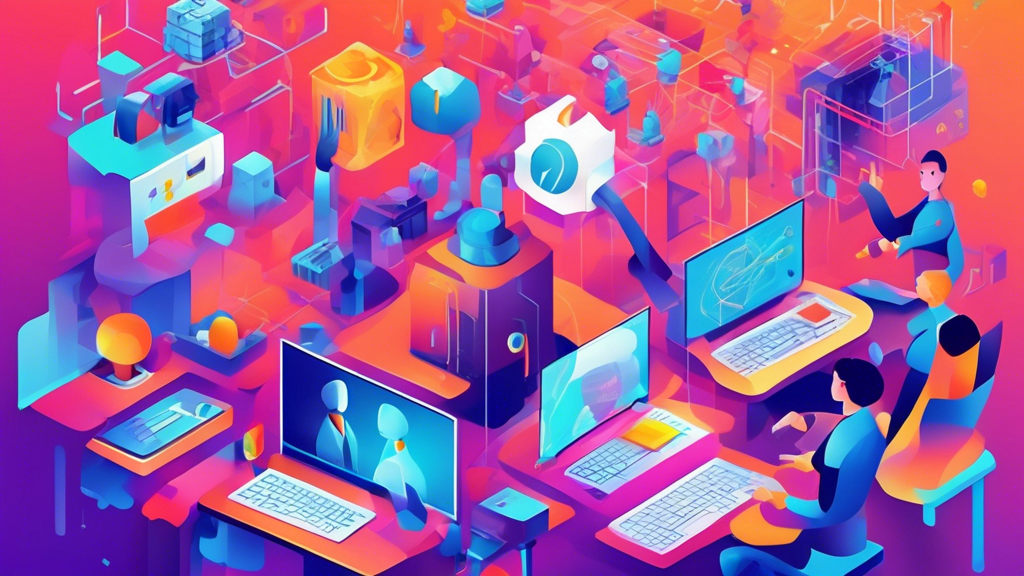The Vanishing World of AI Training Data
Have you ever thought about where all that data fueling our beloved AI technologies comes from? Well, brace yourself for some surprising news: a recent study suggests that this very data is fading away. Sounds dramatic, right? But let me clear things up a bit. This study didn’t just pull numbers out of thin air; it analyzed 14,000 web domains across three widely-used AI training datasets. The findings? Websites are shutting their doors to those hungry AI training algorithms, making quality data as rare as a unicorn sighting.
Now, why is this happening? It’s all about access. Websites are becoming increasingly cautious and are placing significant restrictions on their content. Think of it like a VIP section at a party—only a select few get in. Unfortunately, these new rules mean commercial and academic institutions working on AI have to jump through more hoops to get the data they need. Family photos on Facebook or cat videos on YouTube may still be plentiful, but high-quality, informative data is becoming a scarce commodity.
Read about AI Transforming the Professional Landscape: Vision for 2029
AI Training Data: Consequences and Alternatives
So, you might be wondering, Why should I care? Well, if you’ve ever marveled at how well Siri understands your requests or how Netflix always seems to know what you’ll enjoy next, you have AI’s data diet to thank. Without high-quality training data, the development of cutting-edge AI models could slow down significantly. Imagine if your GPS suddenly lost the ability to find that new café you’ve been dying to try. Total nightmare, right?
In an effort to solve this data drought, researchers are turning to alternative sources, like synthetic data. Essentially, this means using data generated by other AI models. Clever, huh? But hold your horses, there are concerns. While synthetic data can be useful, it doesn’t always match the authenticity and richness of data created by us humans. It’s a bit like replacing a well-cooked meal with a microwave dinner—not quite the same experience.
To combat this, some AI companies have begun striking deals with publishers. They offer hefty sums of money and even tech goodies like ChatGPT in exchange for access to valuable archives. It’s a win-win, right? But just like anything else in life, opinions diverge. Some experts argue that we’re not really facing a crisis. They believe we’re just scratching the surface when it comes to untapped data sources, particularly in fields like healthcare and education.
AI Training Data: Moving Forward
In the end, whether you side with the doomsayers or the optimists, one thing is clear: **the availability and quality of training data are crucial to the future of AI development**. As the saying goes, “Garbage in, garbage out.” Without top-notch data, our AI systems won’t deliver the dazzling feats we’ve come to expect. So next time you chat with Alexa or enjoy a show recommended by your favorite streaming service, spare a thought for the behind-the-scenes battle to keep the data flowing.
